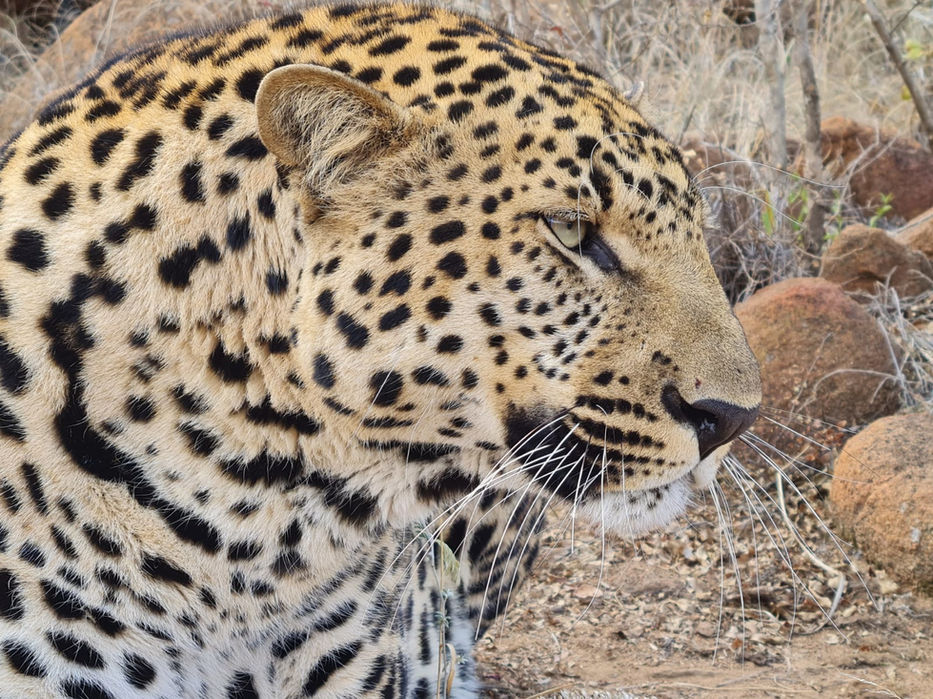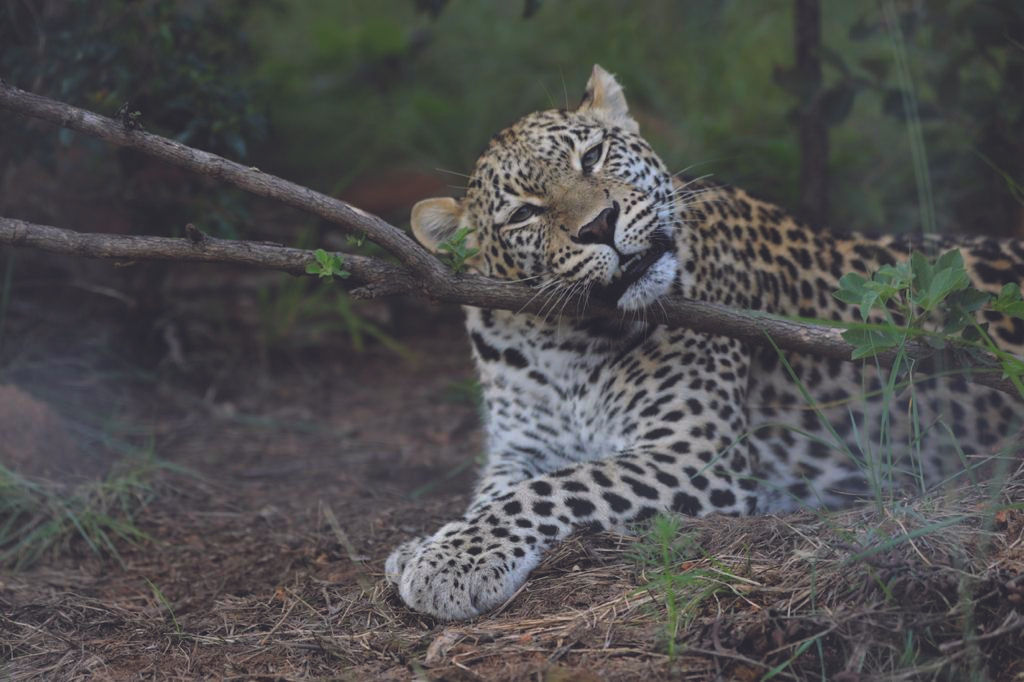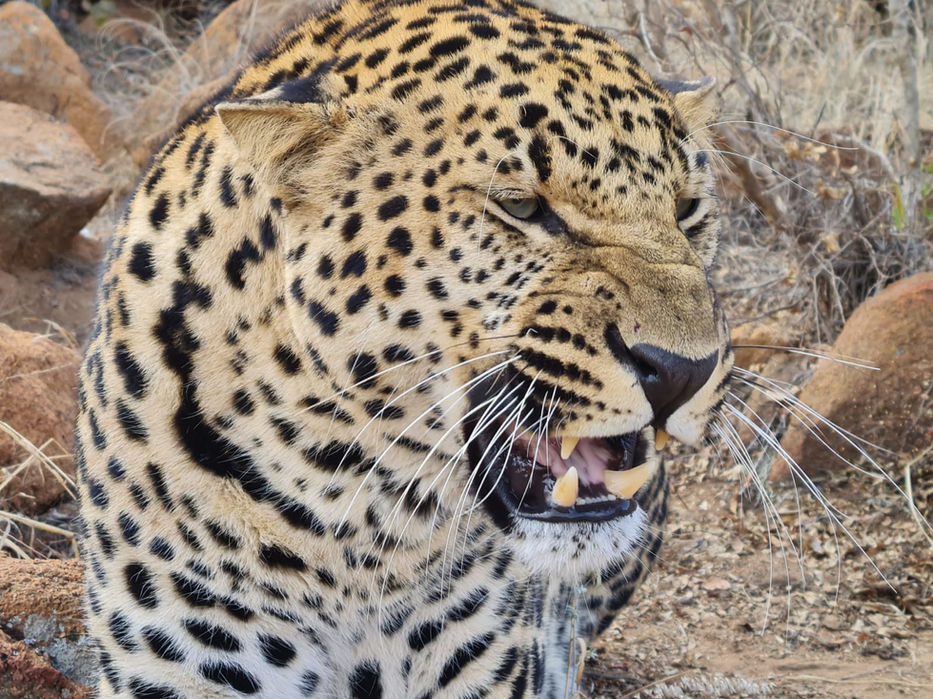Leopards
Gender: Male & Female | Birth Year: 2020 | Conservation Status: Vulnerable
Our Story
Maba and Ingwe, a male and female leopard respectively, were donated to our predator park by friends of the park who knew we had the capacity to provide them with a permanent home. Both leopards come from captive breeding farms in the area that breed for conservation efforts. However, not all captive-bred leopards can be released into the wild for various reasons, which is why sanctuaries like ours exist.
Captive breeding programs play a crucial role in the conservation of endangered or threatened species, including leopards. However, releasing captive-bred leopards into the wild requires careful consideration of several factors. Captive-bred leopards may not have acquired the necessary skills and instincts to survive in their natural habitat, as they miss out on learning important survival skills from their mothers during their early years. Moreover, captive-bred leopards may be more vulnerable to predators and other threats in the wild.
Another important factor to consider when releasing captive-bred leopards into the wild is the potential impact on the wild leopard populations. It is necessary to ensure that released leopards are not carrying any diseases or genetic defects that could harm the wild population. It is also important to determine if the release of captive-bred leopards could disrupt existing social structures or territories within the wild population.
If captive-bred leopards are to be released into the wild, it should be as part of a well-planned and managed program. Leopards should receive the necessary training and support to acquire the skills and instincts required for survival in the wild. It is also important to monitor their progress and address any issues that may arise.






